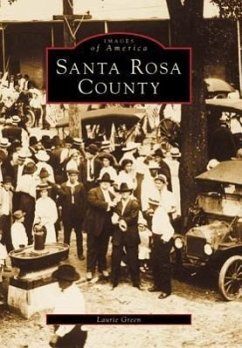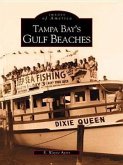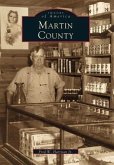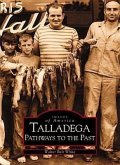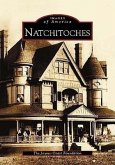The history of Santa Rosa County is closely associated with wood and water. Harvesting of the huge virgin pine trees that covered the area attracted industry and labor. Streams and rivers powered the machinery used to harvest the timber and also provided the means of transport. The sawmills, shipyards, turpentine stills, and related industries made Santa Rosa County the most industrialized county in Florida prior to the Civil War. After the war, the county rebuilt from the damage done not by raiding Yankee troops, but by retreating Confederates. The whine of the steam saw signaled the beginning of an era of great prosperity, an era that saw Milton build some of its most famous buildings and prominent businesses.
Hinweis: Dieser Artikel kann nur an eine deutsche Lieferadresse ausgeliefert werden.
Hinweis: Dieser Artikel kann nur an eine deutsche Lieferadresse ausgeliefert werden.

